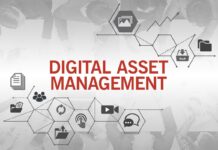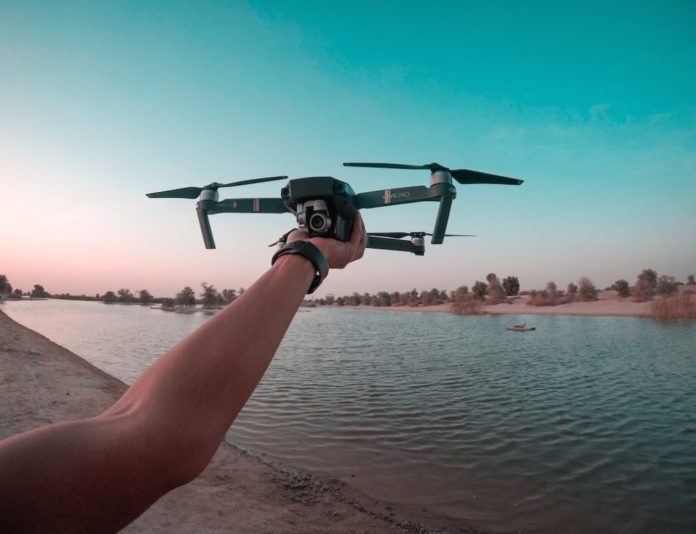
Like it or not, drones are becoming a trend in various real-life niches all around the world. From mainly military-based applications to the commercialization of these crafts, drone use has never seen such proliferation than what the 21st century has to offer.
With this, UAVs have been slowly but steadily gaining popularity in specialized fields that nobody would’ve thought of in the first place. But it is thanks to own masterminds who weren’t afraid to go beyond the norm and were able to capitalize on a drone’s remote abilities that these applications are now on their way to becoming future industry standards.
But what exactly has the modern unmanned innovation done to augment and improve the daily lives of people? Read on to find out.
Table of Contents
1. Agriculture
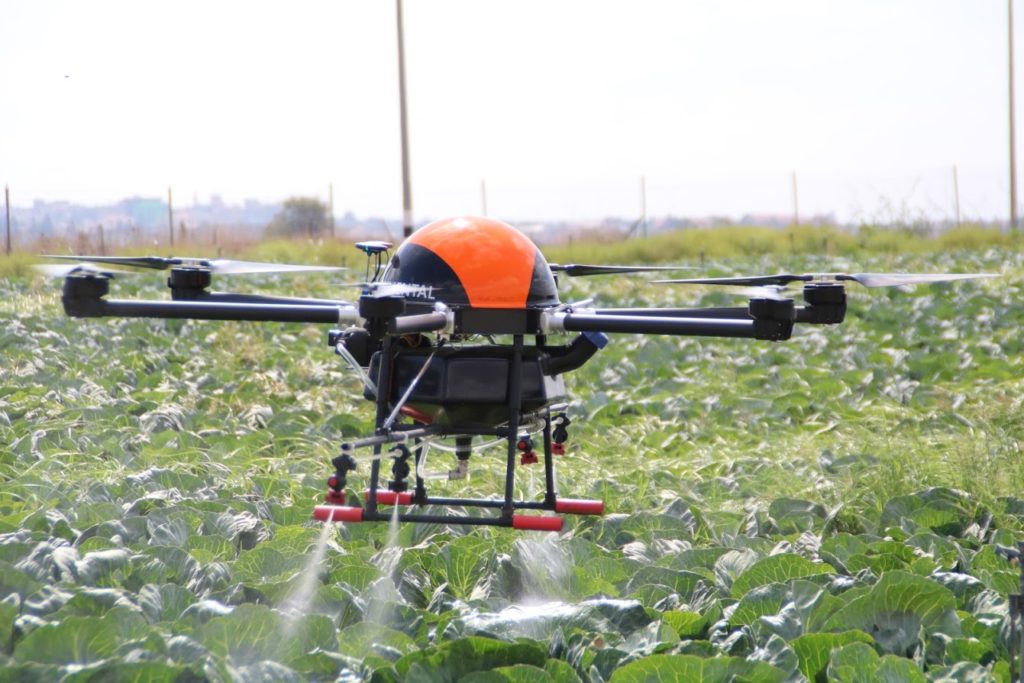
One of the more underappreciated industries that keeps humanity on its legs is the agriculture sector, as shown in this post on Dronesvilla.com. While traditional technologies and techniques are still employed, like hiring planes or helicopters for surveillance or dusting purposes, these means of maintaining crops are soon to be phased out with the advent of technology.
Farmers can now keep track of their crops via the aerial fly-by capabilities of drones. When paired with modern tracking/scanning sensors, location and positional marking with cameras, thermal imaging (for livestock monitoring) skills, and even payload hauling applications all make a life for the modern-day farmer a little bit easier.
This modern method of farming exponentially increases crop yield by significant margins while dramatically decreasing the needed logistics offered by traditional methods. For example, surveying the crops for potential problems and rectification actions are done in a straightforward manner, where the owner can pinpoint an afflicted area and immediately address the problem without wasting resources on an entire field.
There are still some limitations with the FAA’s regulations on how agricultural drone use should be conducted, especially with flight range.
2. Emergency Response and Relief
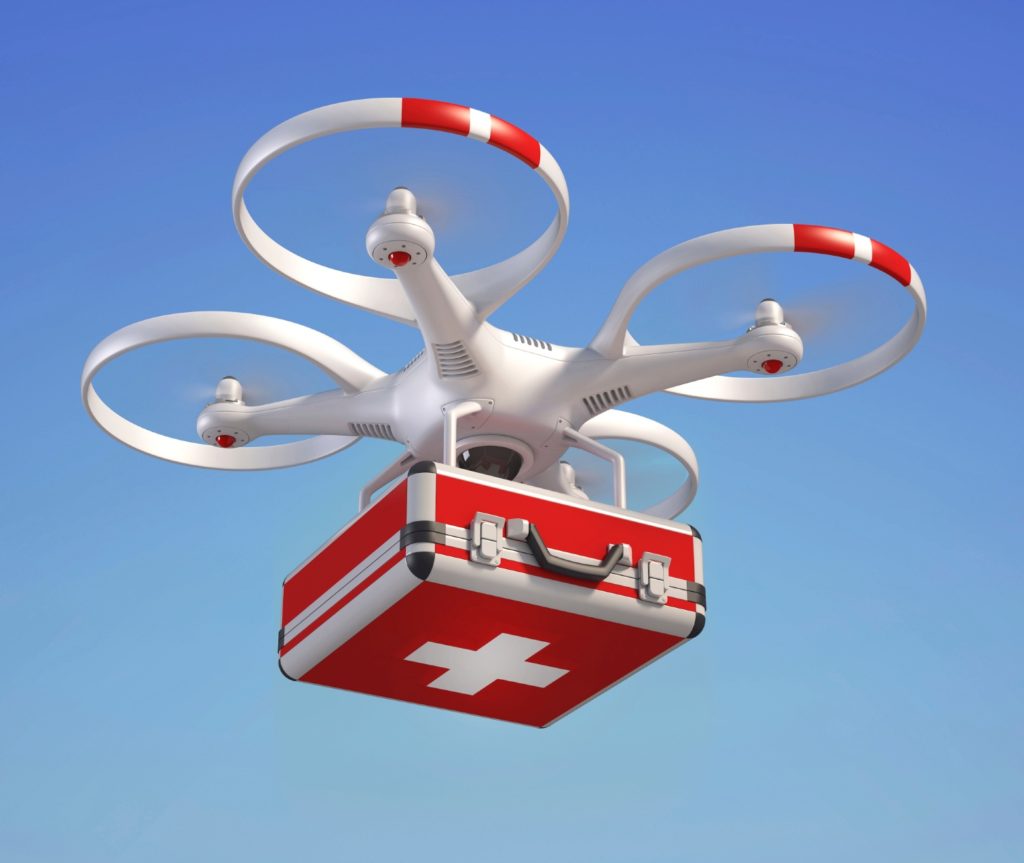
The small footprint of drones paired with their ability for the autonomous flight makes these crafts the perfect medium for emergency response and relief operations.
Primarily used for surveillance and location services, drones can access areas and places that are either blocked off or are too dangerous for actual human assessment and retrieval to take place. With equipped cameras and other vital sensors for locating people and other creatures (like animals), drones provide an essential angle of attack for such precarious situations.
Drones can also be used to drop payload where needed, like water-based situations like shipwrecks or flash floods, able to drop life jackets to victims where access by human rescuers might pose too much of a risk.
Major drone brand DJI has been active in the scene for some time now, offering first responders access to their products, along with technical support. But apart from these big names in the industry, startups and academe-based research and development teams have made considerable efforts to make the technology more accessible to the general public.
3. Delivery
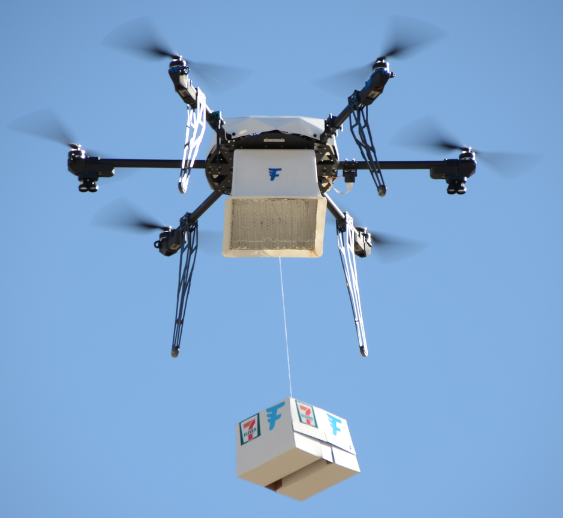
Amazon has made waves with its announcement regarding the use of drones to carry out its delivery services, with the company set a goal of turning the grueling 2-day delivery service into a 30-minute affair.
They have applied for a patent for the design, incorporating deep learning technology with sensors and cameras that can detect gestures, movement, and even voices (to avoid potential shootouts) for intuitive maneuvering.
More than its e-commerce applications, however, drone delivery stretches to far more critical settings, like healthcare solutions. One such delivery startup is Zipline International. They are responsible for delivering medical supplies and equipment via technology to rural areas throughout Africa.
This cuts down the transport time that may be consumed by traditional methods, expediting critical supplies like blood and drugs to the needed area in a seamless process.
4. Weather Forecasting
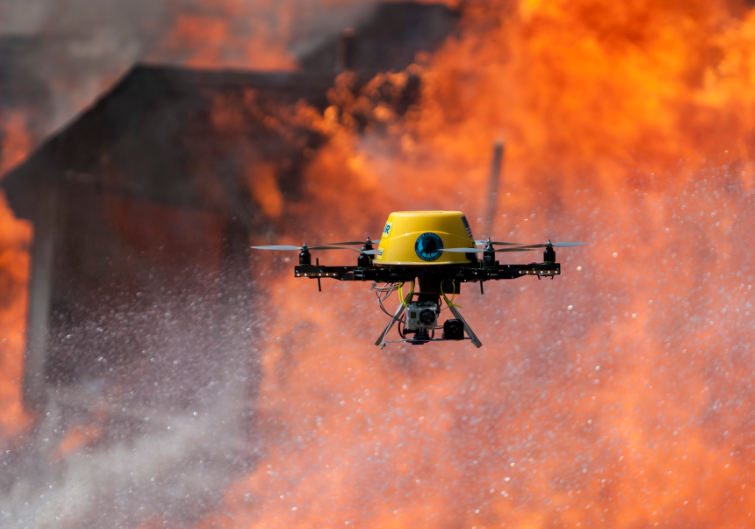
Traditional means of predicting or monitoring weather are now augmented with newer innovations in technology, and that includes drones being introduced to the picture.
While weather stations and other major meteorological data-gathering solutions have been the main staple in forecasting, drones, and their mobility to follow commencing atmospheric patterns, offer unparalleled value in providing additional data to these big number-crunching facilities.
Even bodies of water have been utilized with the help of water-based drones. Saildrone is one example of these unmanned solutions that gather oceanic and atmospheric data while floating like buoys on the ocean’s surface.
5. Industrial Applications
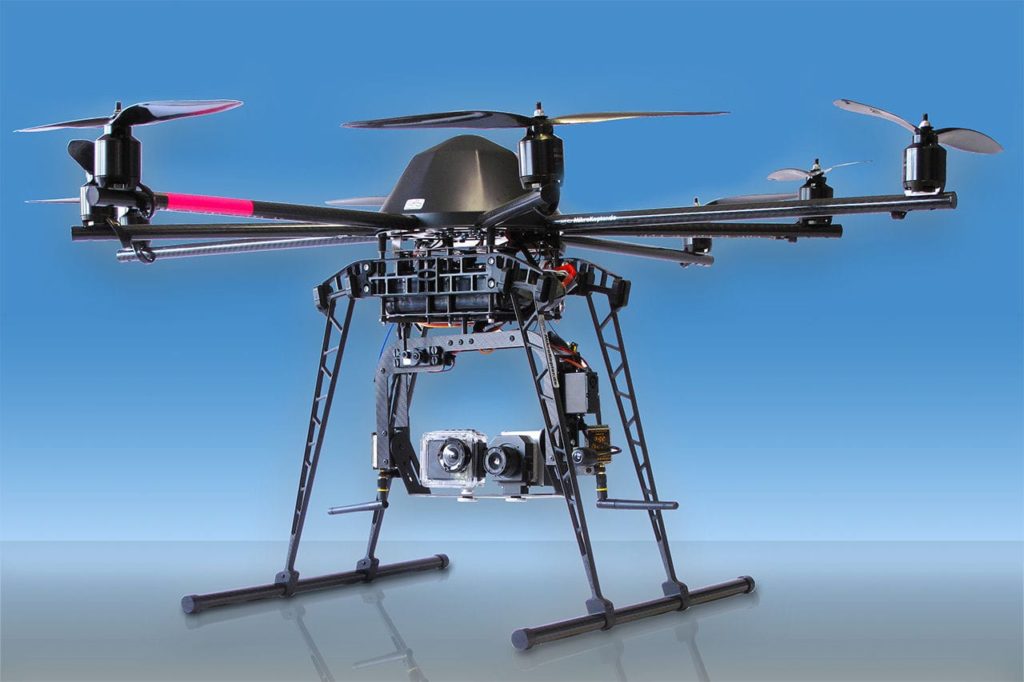
Drones have also been an integral part of industrial settings, especially in construction engagements. This is still due to the benefit of decreased logistic costs and overall safe experience for workers.
Most of them used in this niche are equipped with high-end optics units or specialized sensors like thermal imagers and laser scanners for integrity assessment of structures.
More than the mobility and degree of freedom they offer when operated remotely, this also means that monitoring and data-gathering for structures that are extremely dangerous to access like cell towers, oil rig platforms, and other physically-daunting infrastructures to boot.
Drone manufacturer Parrot is one of the leading players in this field with its industrial Anafi drone series, which is offered
6. Geographical Mapping and Surveying
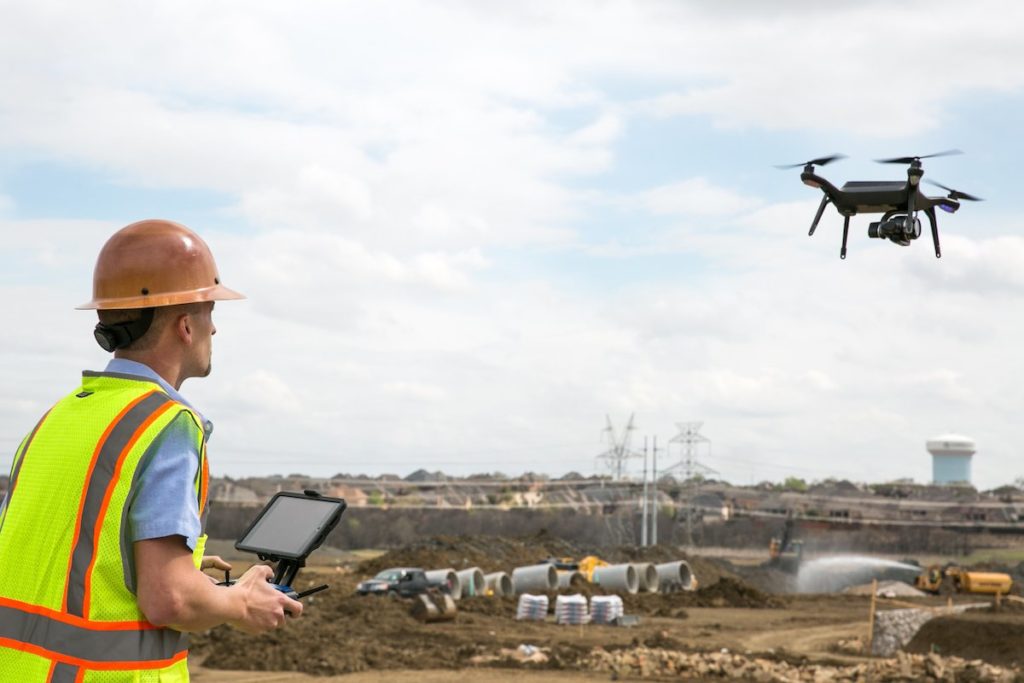
As drones become more advanced with the integrated technologies it packs, the role UAVs play in technical applications like geographical mapping and surveys.
Unlike manual mapping techniques that mostly require physical access to the location, as well as more human resources being spent on the ground, drones can exponentially speed up the process with just the fraction of the cost. Using technology, such as a high-end camera with tracking capabilities and LiDAR sensors, they can make comprehensive sweeps of the area and collate data into a visual representation for mapping purposes.
Another advantage of using drones for geographic mapping applications is the ability mentioned above to reach places that are deemed too unsafe for humans to explore, or are physically inaccessible due to the natural structures surrounding the area.
These scans are then processed into precise and accurate 3D models and layouts for analysis and simulations for various purposes, making vital geographic data readily available for consumption.
7. Content Creation
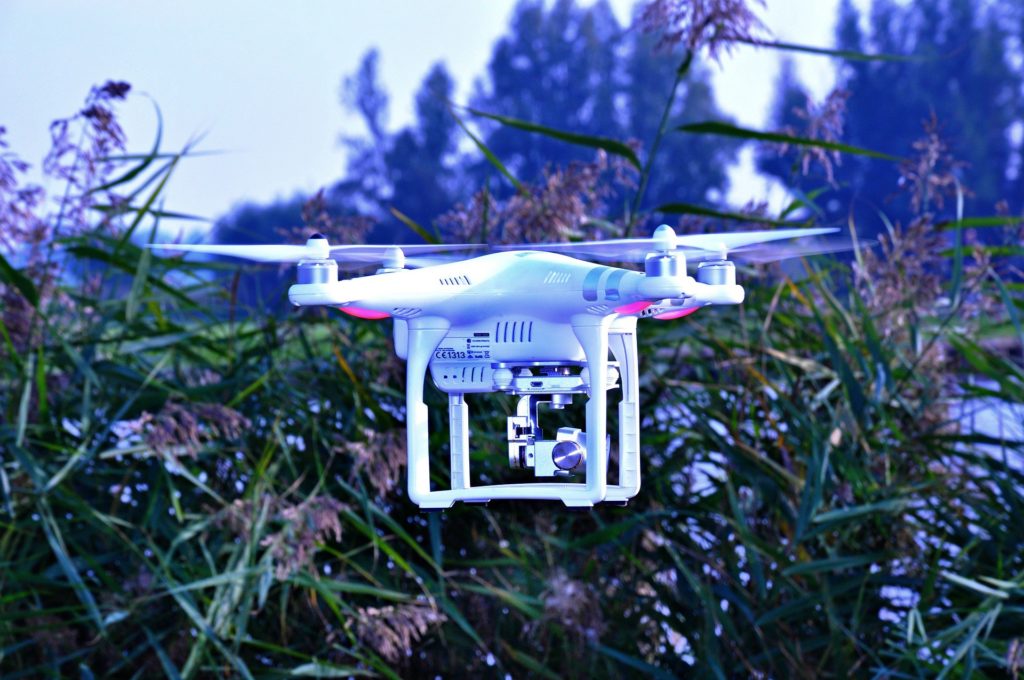
One of the foremost and widely-targeted markets of drone use is the content creation niche. In this day and age of the social media boom, influence and reach have never been more demanding of unique and out-of-the-box content to attract audiences.
Specifically designed for content creation they provide a mobile and versatile shooting platform for photography and cinematography needs. Partnered with intuitive flight features and automated shooting presets, there has been no better time for vloggers, filmmakers, and just casual users to enter the world of content creation.
You can be your own one-person content creation team with a drone in the $1,000 territory and upwards. As the AI algorithms being developed to augment their performance have gone to absurd levels of autonomy, even featuring obstacle avoidance features that, when paired with autopilot functions, make human intervention virtually unnecessary.
This also makes aerial shots on professional films and documentaries that previously needed helicopter setups possible to pull off without the added cost and human resources of the configuration mentioned above.
Final Thoughts
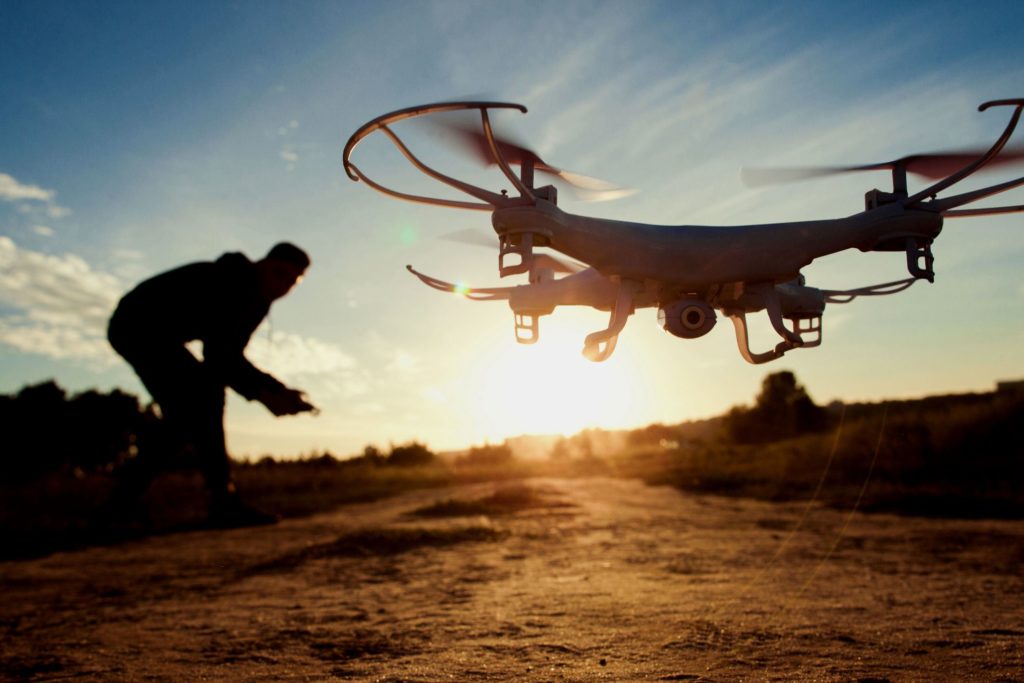
These are just some of the more prominent niches that have begun to dramatically impact, with more specific applications starting to surface from obscurity with the constant drive for innovation and development.
While it is clear that UAVs still have a long way to go before being considered as an industry-standard in many of these applications, the massive potential for improvement and customization makes these birds a viable option for many who value practicality and efficiency where it is needed.

